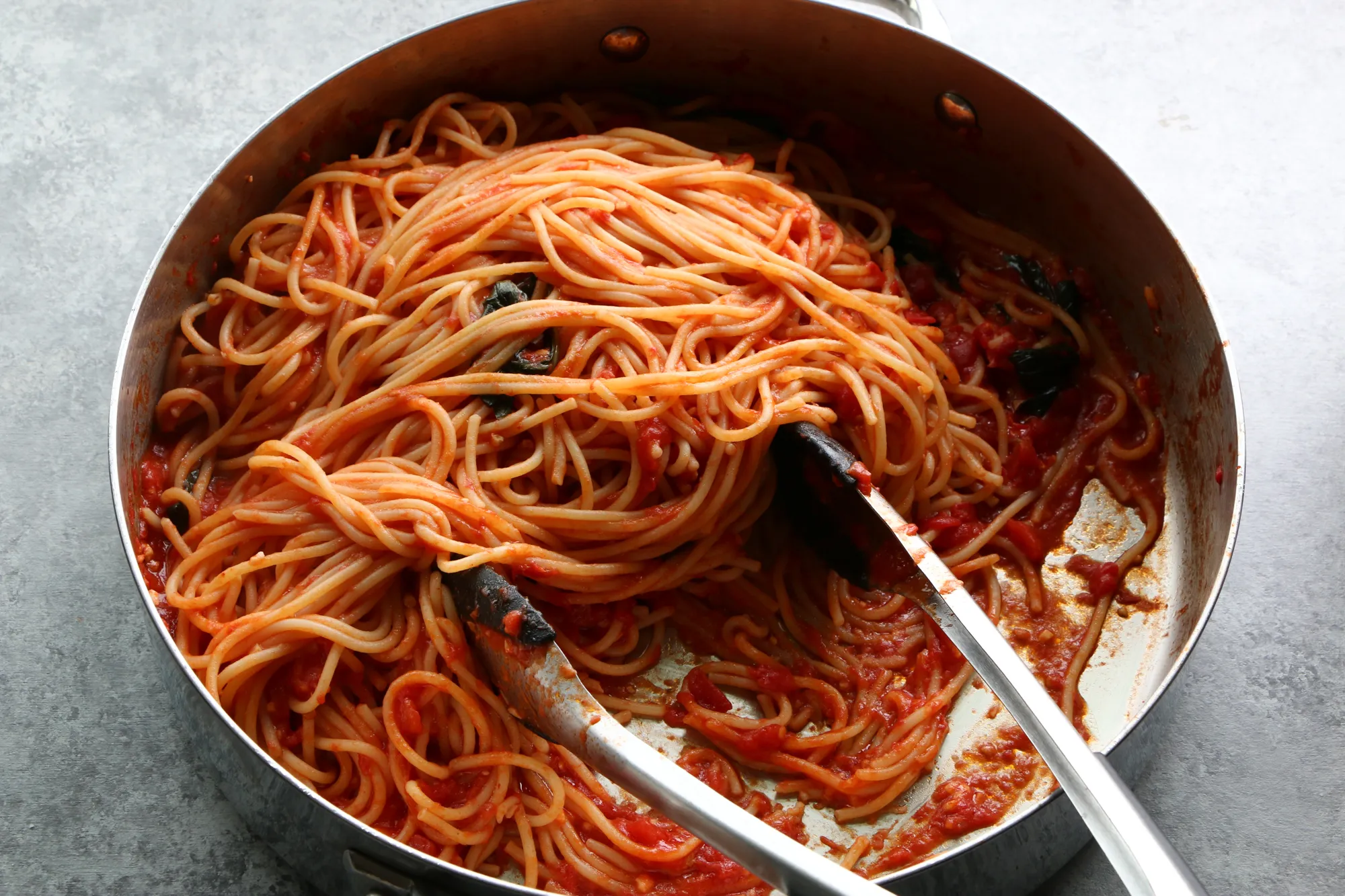What are the best Spaghetti recipes that are in existence? Let’s find out before then, kindly note that Spaghetti is a classic Italian dish loved by people all over the world. It is versatile, easy to make, and can be customized to suit any taste preference.
In this article, we will explore some of the best spaghetti recipes that you can try in your house.

These are just a few examples of the best spaghetti recipes that you can try. Feel free to experiment with different ingredients and flavours to create your unique dishes.
Whether it’s a classic Bolognese or a creamy Carbonara, spaghetti is a versatile dish that can be enjoyed by everyone. So, put on your apron and start cooking!
What are the Best Spaghetti Recipes?
The few best Spaghetti recipes are :
1. Classic Spaghetti Bolognese
This is a timeless recipe that everyone loves. Brown some ground beef in a pan, add onions, garlic, carrots, and celery, and cook until softened. Then, add crushed tomatoes, tomato paste, bay leaves, and herbs like oregano and basil.
Let the sauce simmer for an hour or two to develop the flavours. Serve the sauce over cooked spaghetti and top with Parmesan cheese.
2. Garlic and Oil Spaghetti

This is a simple yet delicious recipe that highlights the flavours of garlic and olive oil. Cook spaghetti according to package instructions. In a separate pan, heat olive oil and sauté minced garlic until fragrant.
Toss the cooked spaghetti in the garlic oil, season with salt and pepper, and garnish with chopped parsley. You can also add chilli flakes for some heat.
3. Carbonara
Carbonara is a rich and creamy pasta dish that is loved by many. In a bowl, whisk together egg yolks, grated Parmesan cheese, and black pepper. Cook spaghetti until al dente and drain, reserving some of the pasta water.
In a pan, cook the pancetta until crispy. Add the cooked spaghetti to the pan, followed by the egg mixture, and toss until the sauce thickens. If needed, add some of the reserved pasta water to loosen the sauce.
4. Pesto Spaghetti
Pesto is a flavorful sauce made with fresh basil, pine nuts, garlic, Parmesan cheese, and olive oil. Cook spaghetti until al dente and drain.
In a blender, combine basil leaves, pine nuts, garlic, Parmesan cheese, and olive oil. Blend until smooth. Toss the cooked spaghetti in the pesto sauce and garnish with some extra Parmesan cheese.
These are just a few examples of the best spaghetti recipes that you can try. Feel free to experiment with different ingredients and flavours to create your unique dishes.
What are the 2 Kinds of Spaghetti?
Spaghettini and spaghettoni are slightly thinner or thicker, respectively. “Little strings”. Spaghetti is the plural form of the Italian word spaghetto, which is a diminutive of spago, which means “thin string” or “twine”.
How to Make Spaghetti Like a Pro?
Fill a big pot with water and bring it to a boil. Add salt to the water (about 1 tablespoon per 4 quarts of water). Add the spaghetti to the boiling water, and stir it gently to prevent it from sticking together.
Cook the spaghetti for about eight to ten minutes, or until it is al dente (cooked but still firm to the bite).
Do You Put Sugar or Salt in Spaghetti?
Sugar in spaghetti sauce is the secret ingredient that will make a classic dish like spaghetti and meatballs into absolute perfection.
This clever cooking hack can be used in a variety of homemade pasta sauce recipes, and it’s not much different from seasoning with a touch of salt.
What is the Full Name of Spaghetti?
Spaghetti is the plural form of the Italian word spaghetto, which is a diminutive of spago, which means ‘thin string’ or ‘twine’.
Why Do You Put Salt in Water Before You Make Spaghetti?
When pasta is prepared in water, its starch granules take on water, swell, soften and release some of the starches. Salt in the cooking water not only flavours the noodles but limits starch gelation and so reduces cooking losses and stickiness.
What have you learned from the article above? Drop your opinion in the comment section below.


Leave a Reply